The nature’s wonders are endless, something we tend to forget when we are confined within big cities. There are so many strange and interesting things to note and a single list will not be enough. Across the span of several articles I will be talking about the things you most likely haven’t heard about, never paid attention to or didn’t completely understand. To be honest even scientists themselves are not entirely sure about some of them.
Spotted Lake
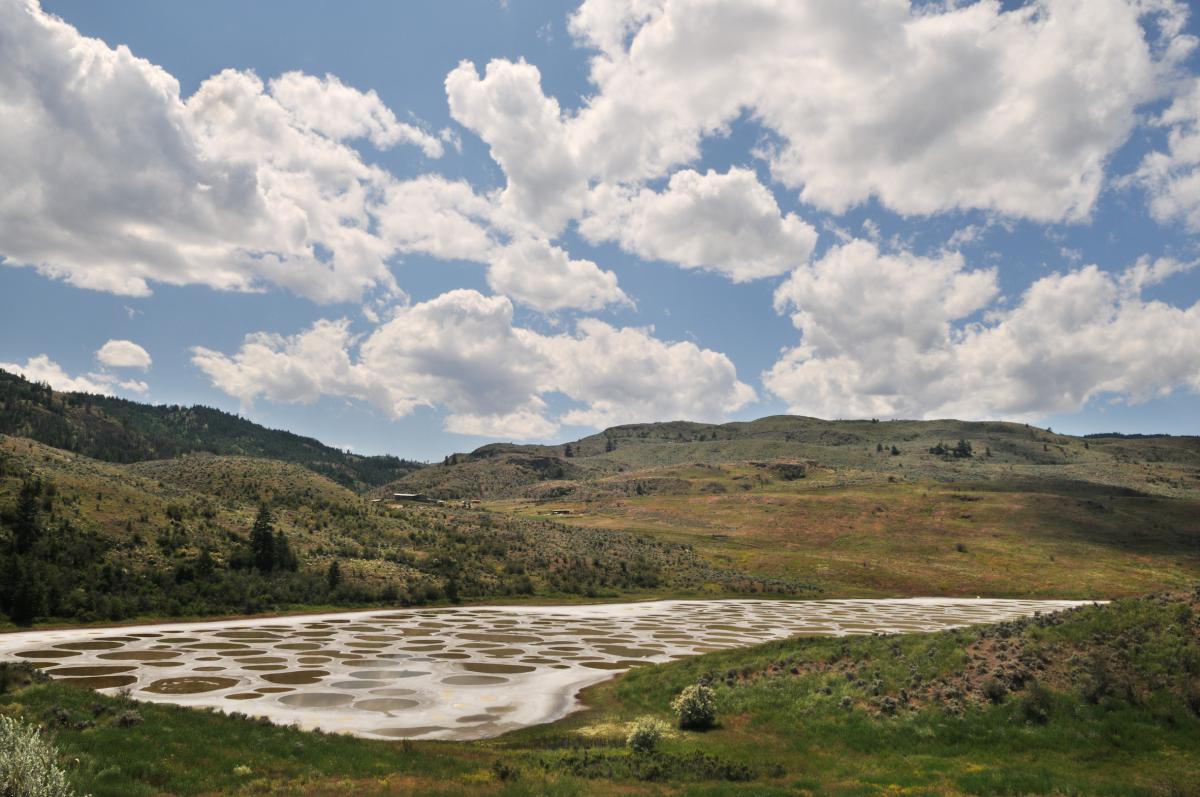
In British Columbia, Canada, resides one of the strangest lakes on the planet, the Spotted Lake. It contains various minerals, from silver to magnesium and titanium. The lake is so rich with minerals that when it evaporates during the summer they remain piled up, creating green, grey, blue and white spots, which can be seen from far away. Because of its unusual properties Spotted Lake has been a scared place throughout the years. Its minerals were even used for ammunition production during the World War I. Today it is a tourist attraction, guarded by a fence.
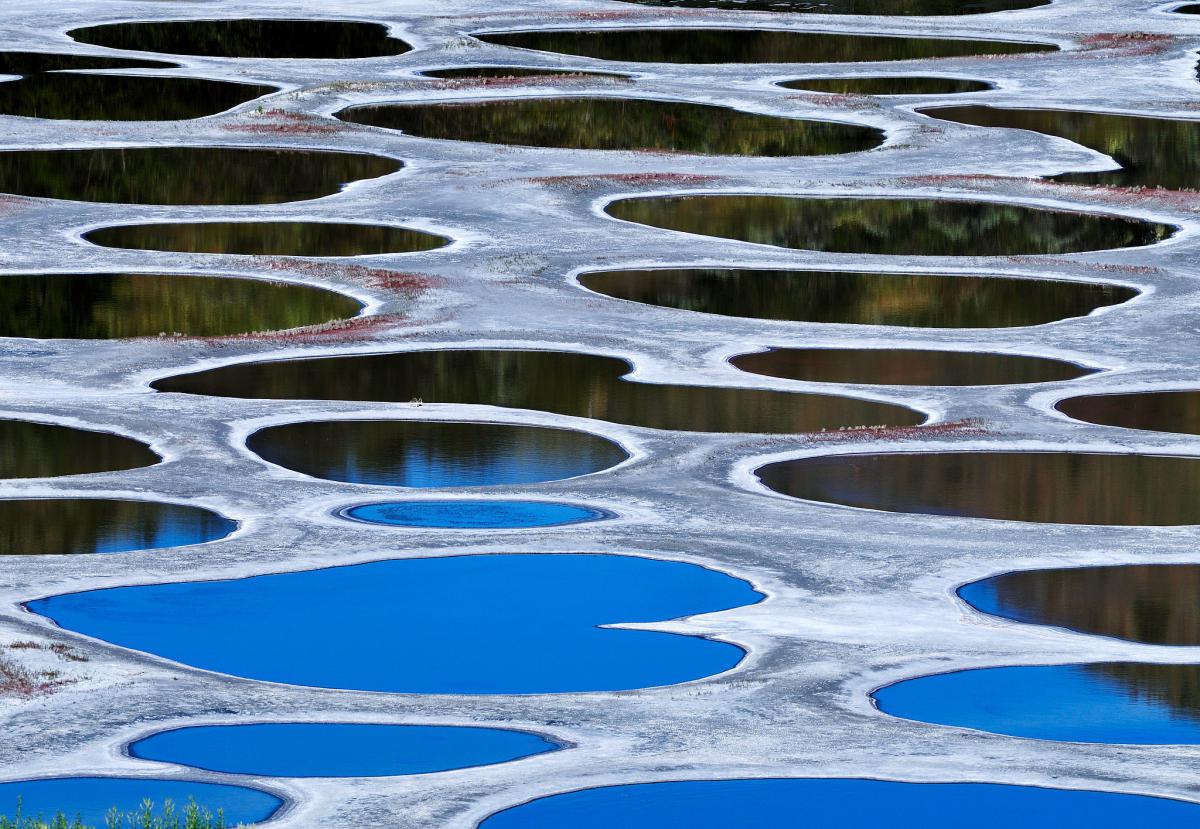
Australian Spider Web Flood
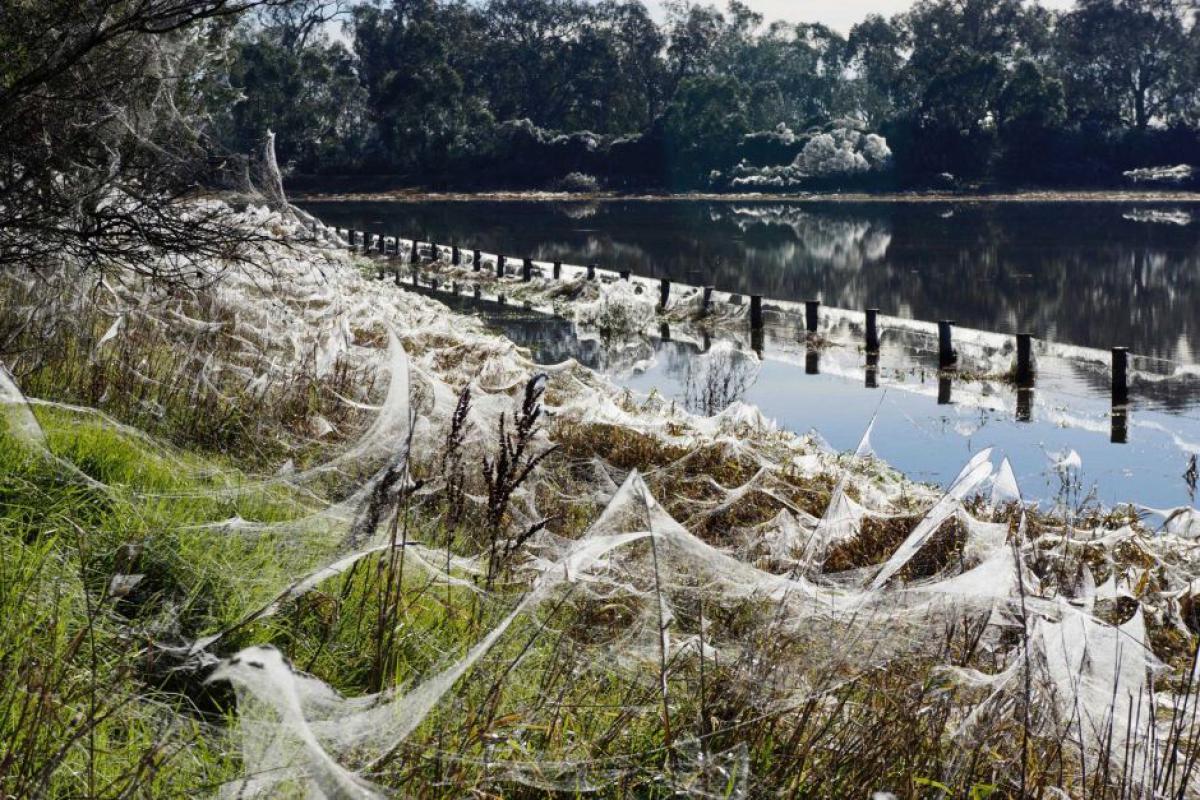
During a very recent flooding in Australia(2012) millions of spiders fled from their homes and created a very interesting phenomenon – the ground, the trees and even some homes in the town of Wagga Wagga got covered with webs. Scientists speculate that the fleeing spiders created the intricate webbing to hasten their retreat. They built them as roads of sorts, which allow them to travel above ground and avoid the raging waters. Nonetheless it is an amazing, although also a bit scary, sight to behold. Something out of a dream, or a nightmare.
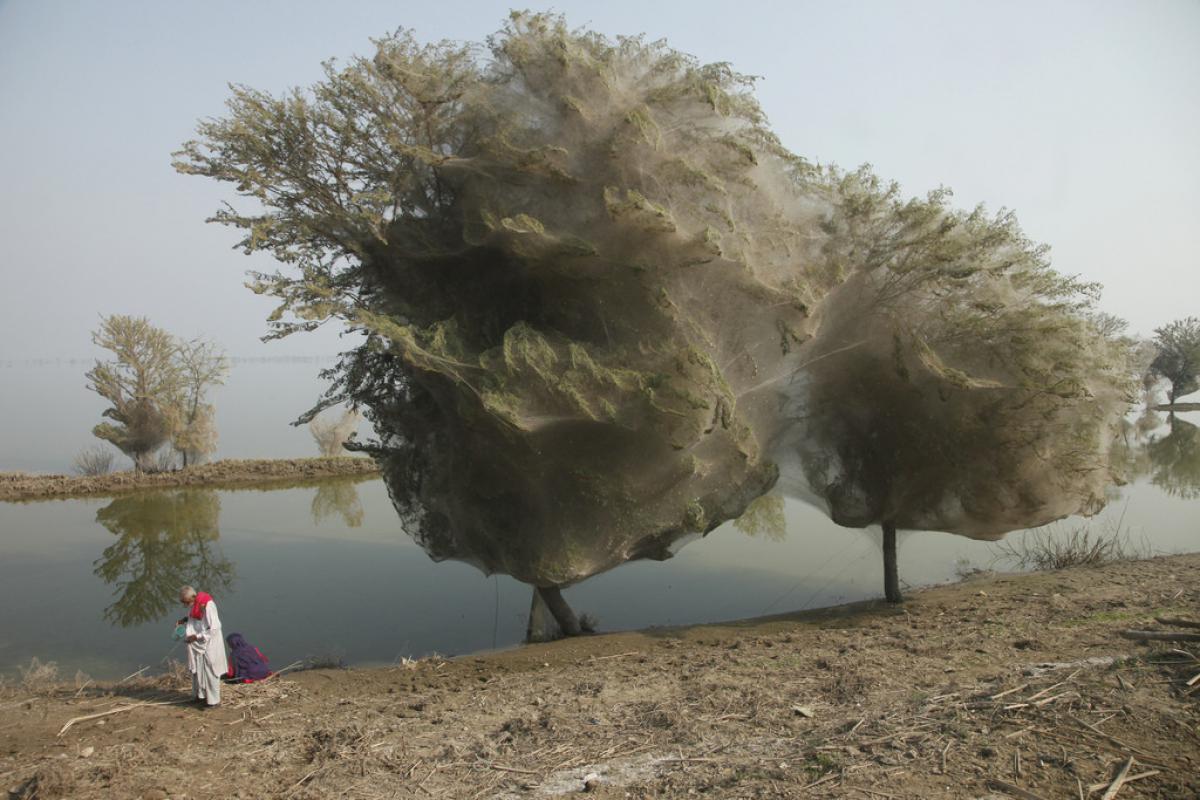
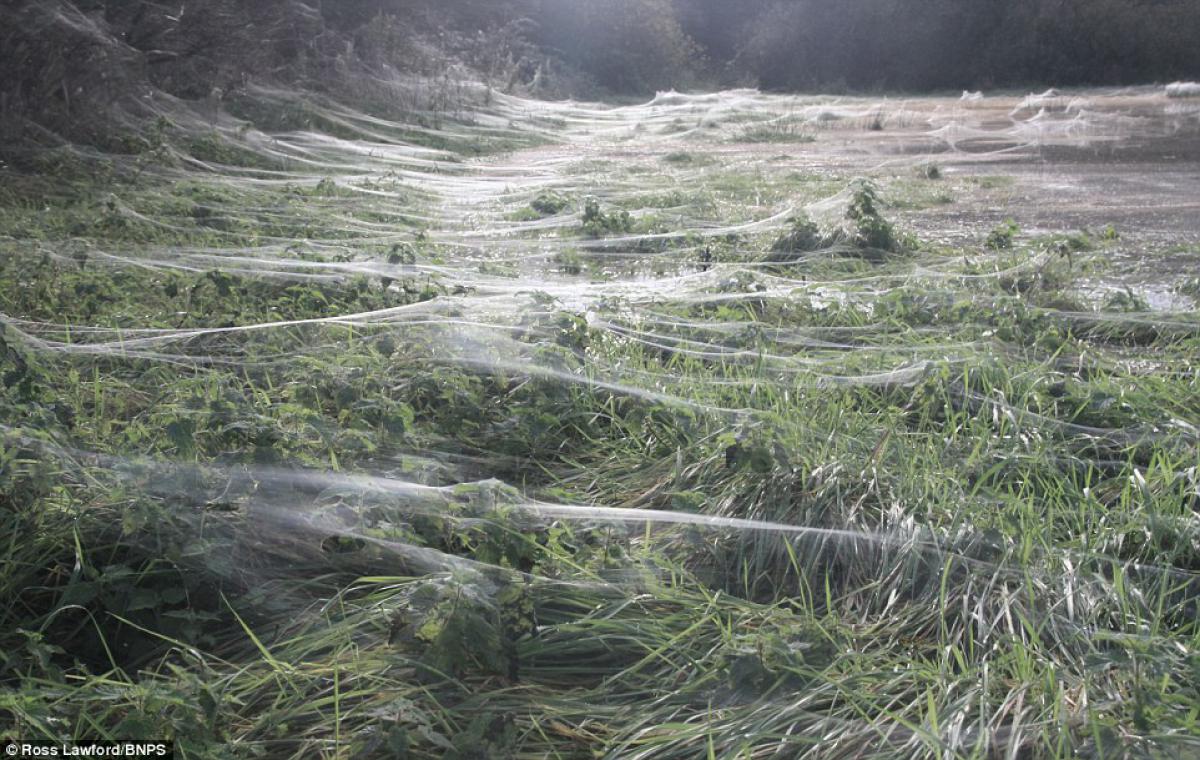
Rainbow Mountains
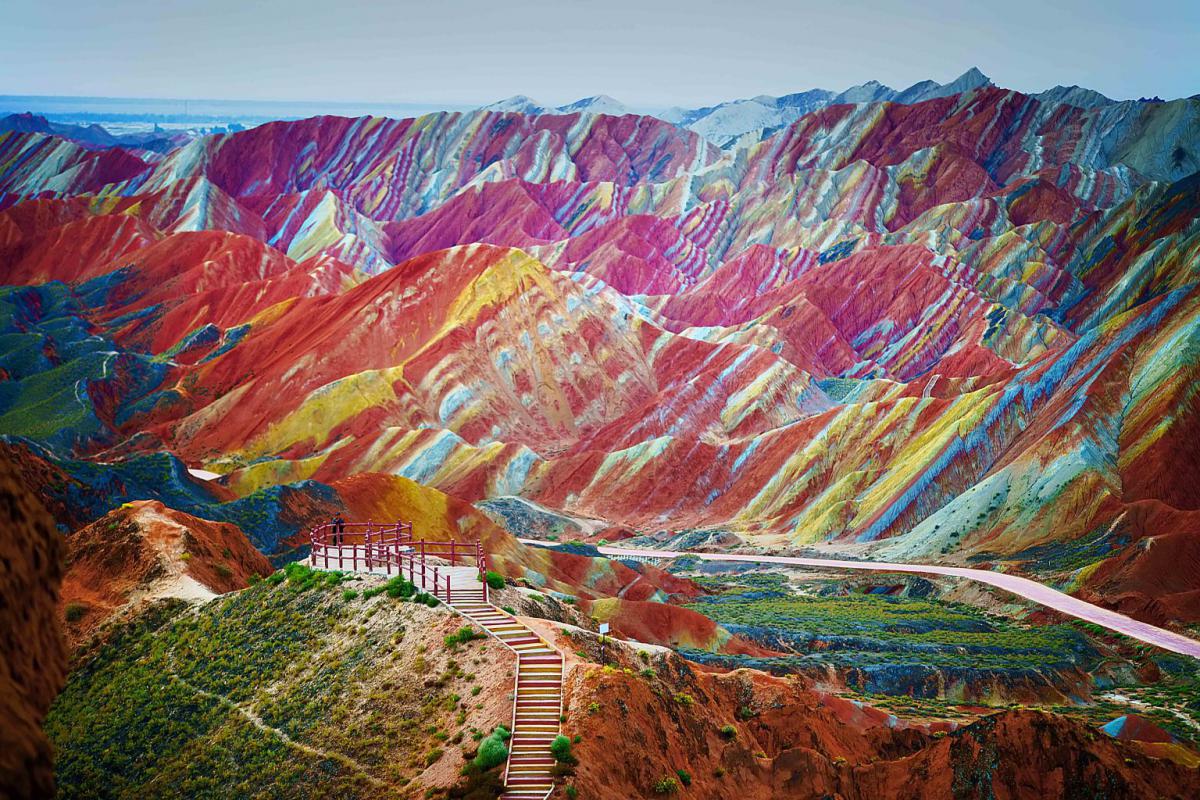
The more mundane name of the wonderful Rainbow Mountains is Zhangye Danxia Landform Geological Park, Central North China. Across 400 kilometers of land you’ll feel like you are in a painting, the rocky cliffs are that beautiful and colorful. Their forms are interesting as well, sometimes creating the illusion of being inside a castle. The cliffs themselves were formed after the continuing erosion of red sandstone in the region, being quickened by the desert-like conditions around them. Movements from the Earth’s crust added the finishing touches, revealing differently colored layers and molding them into an unforgettable picturesque wonder.
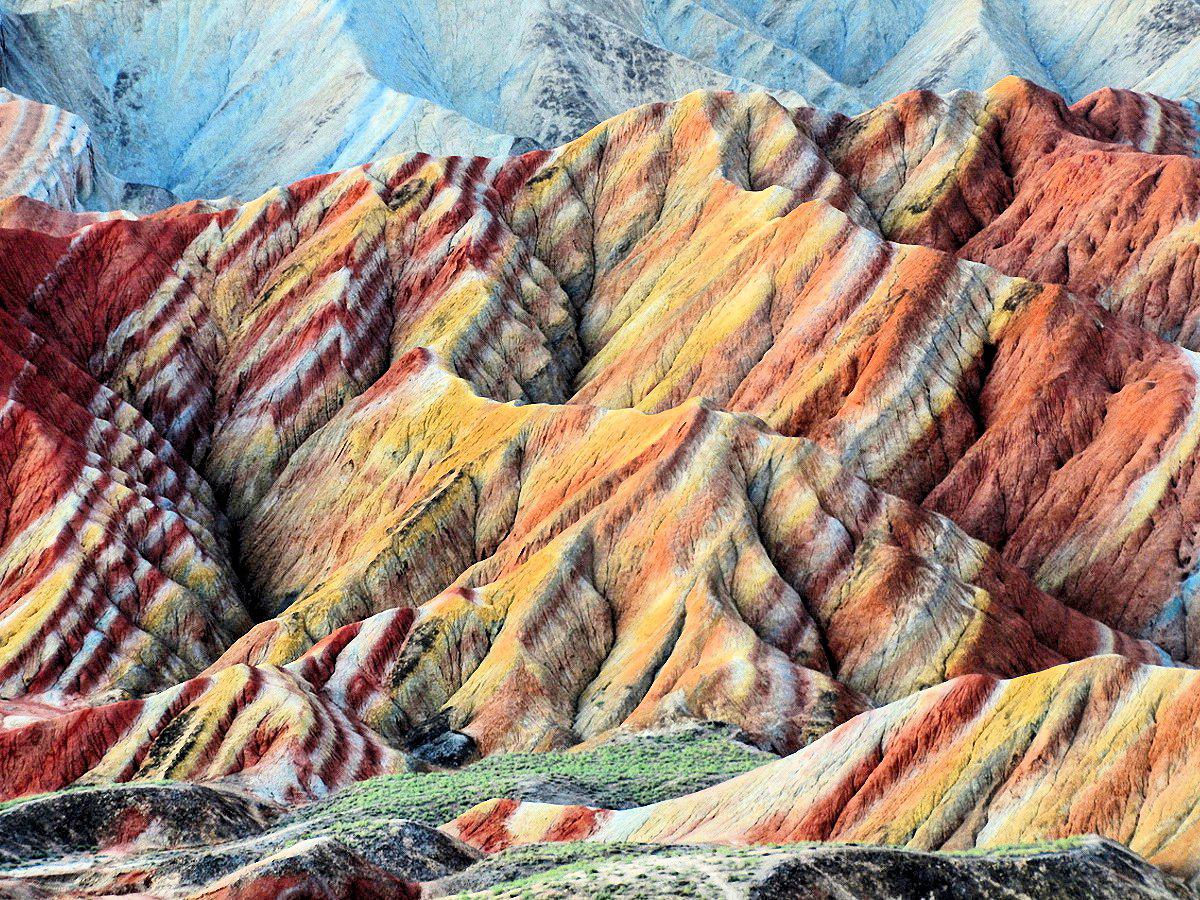
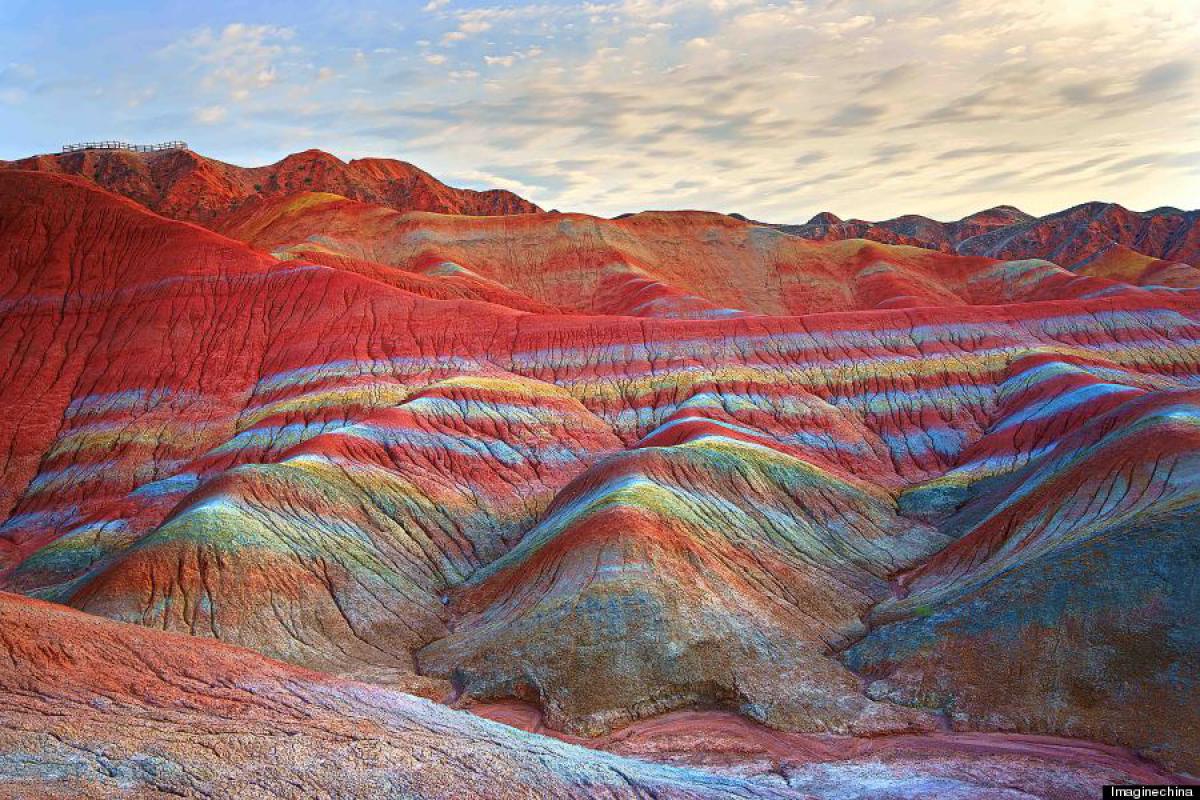
Frozen Methane Bubbles
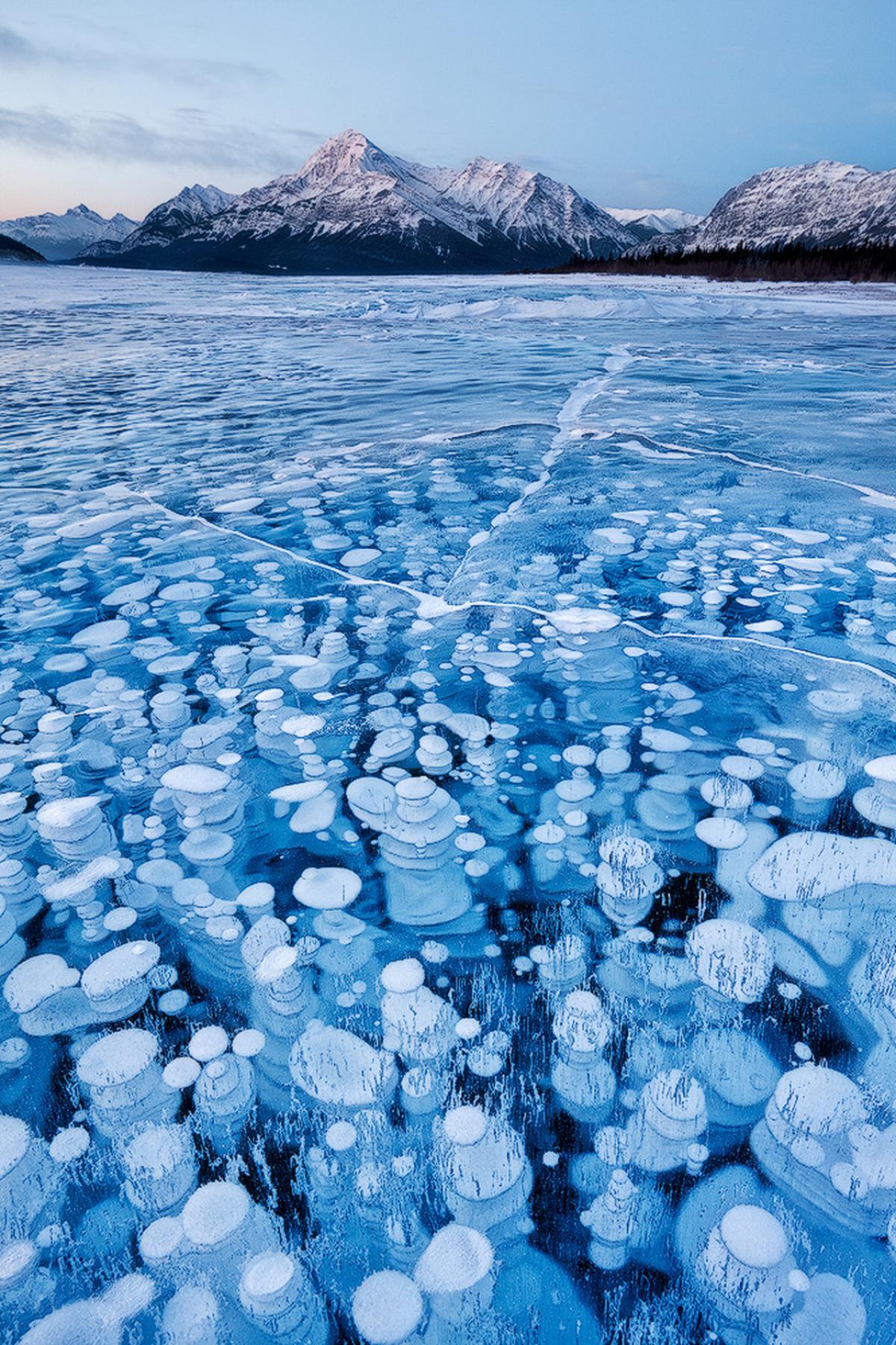
Ice is mostly transparent, so when you go skating on a frozen lake you can see what is just under the veil of ice on its surface. Sometimes you are surprised to find white bubbles, like jellyfish, trying to get out. Well, they are not animal in nature, in fact they are not living organisms at all, they are frozen methane bubbles and you can light them up if you like(it is not recommended though). The methane comes from bacteria underwater, they emit it after the consumption of organic matter. The gas stays trapped under the ice and creates a very unusual and beautiful mirror during the cold winters.
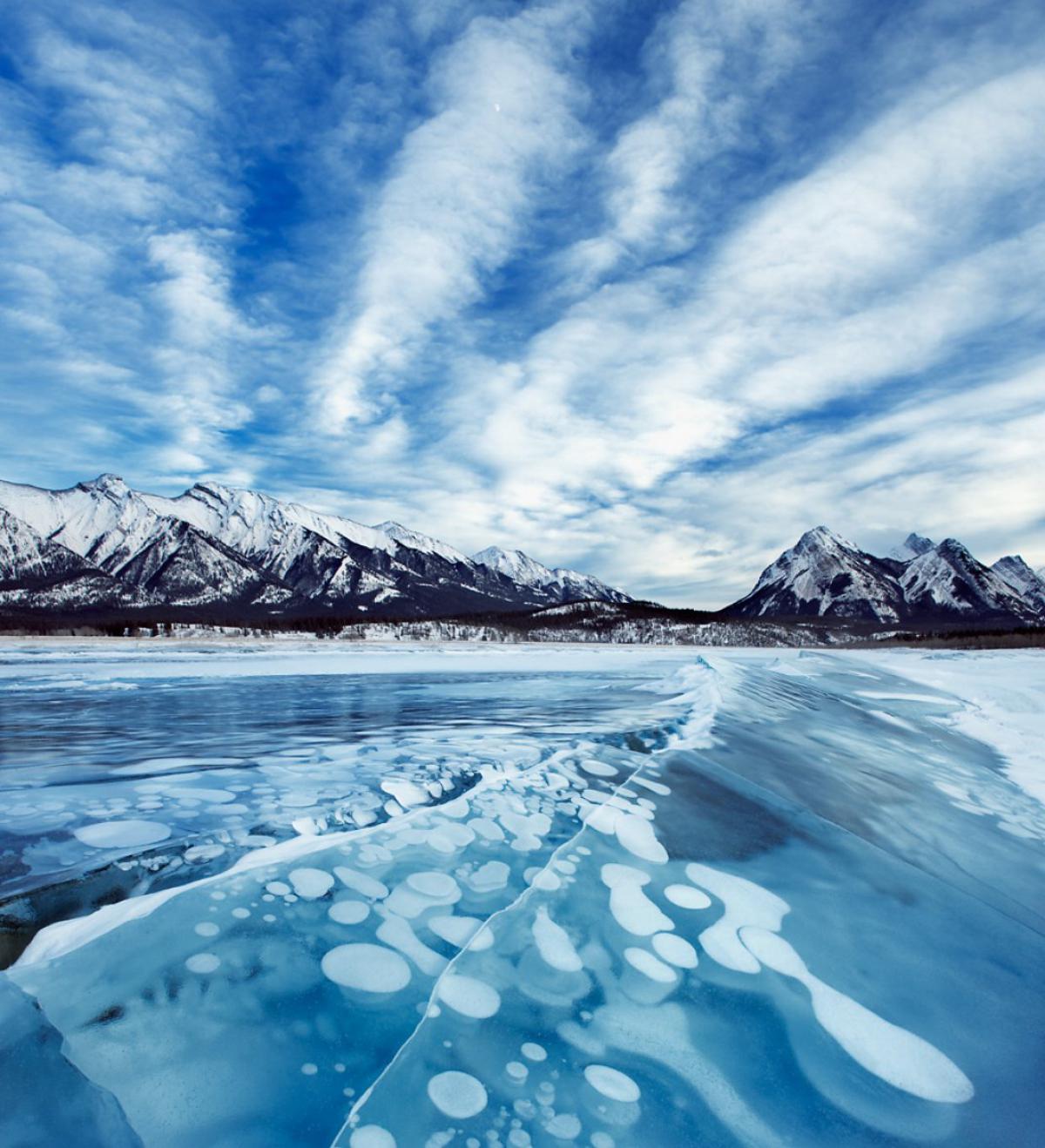
The Everlasting Storm
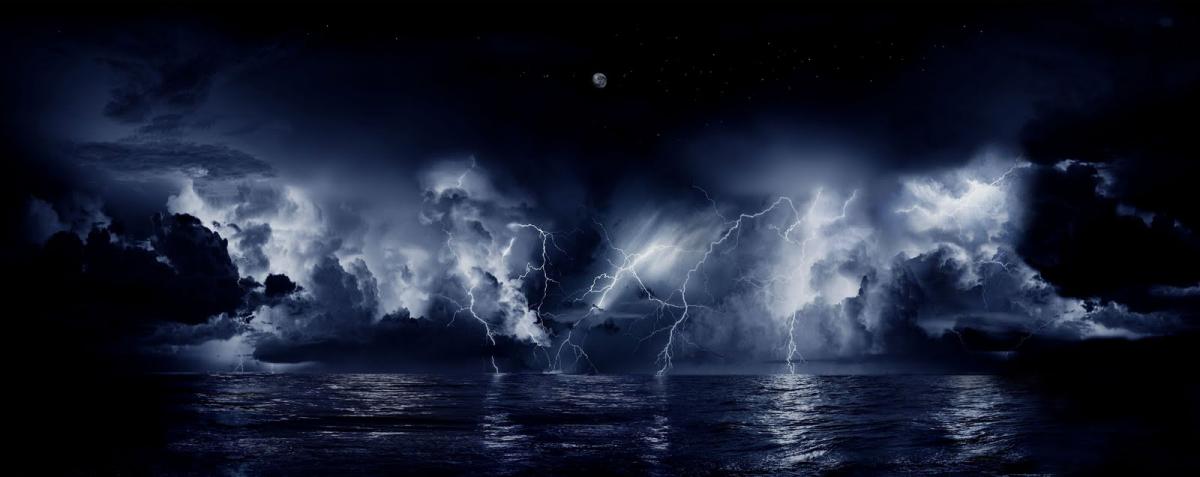
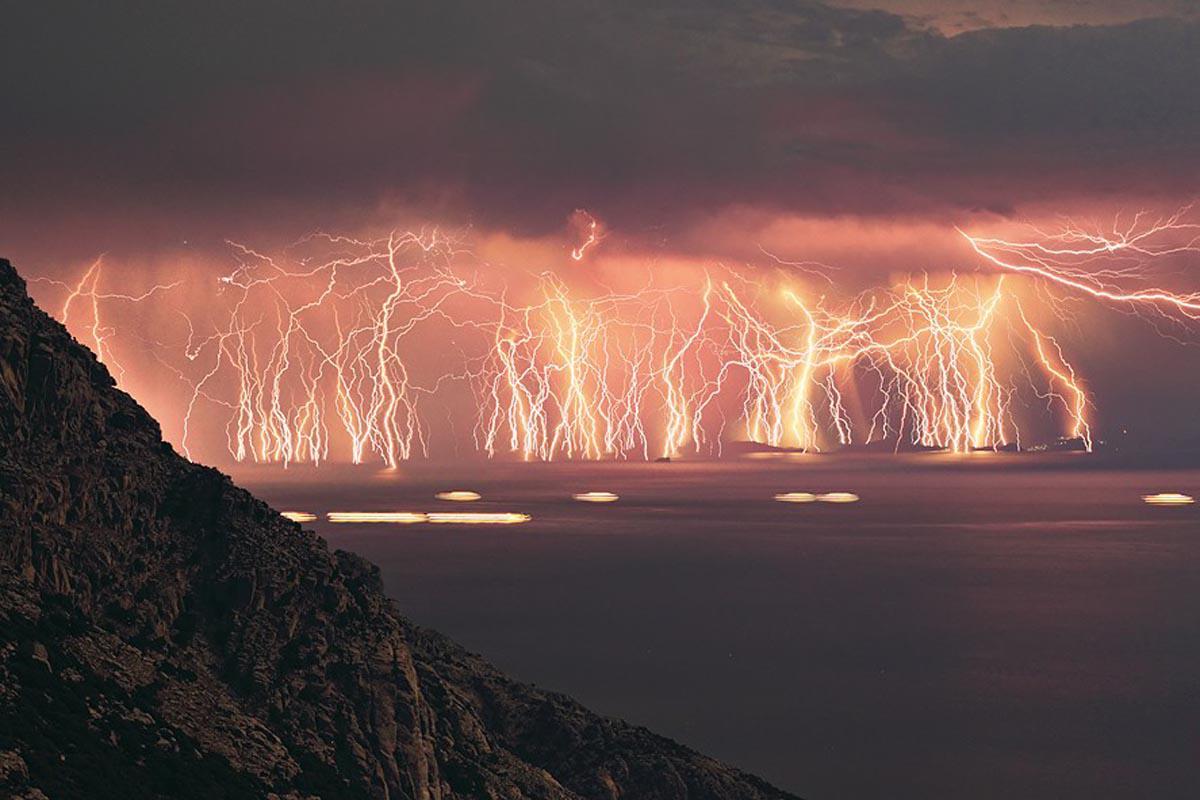
Venezuela is the home of a very interesting natural phenomenon called “Catatumbo Lightning”. It happens when the river Catatumbo empties into lake Maracaibo. The so called Everlasting Storm is a thunderstorm with lots of lightning, which happens every night for at least half an year, sometimes even for 300 out of 365 days. It is believed that the storm is so consistent because of the lake’s unique properties, surrounded by mountains and in the middle of a meeting between cold fronts from the Andes, and warm fronts from the Caribbean. It is a hot tourist destination, which retained its importance throughout history. The only thing, which can stop the storm, is drought.
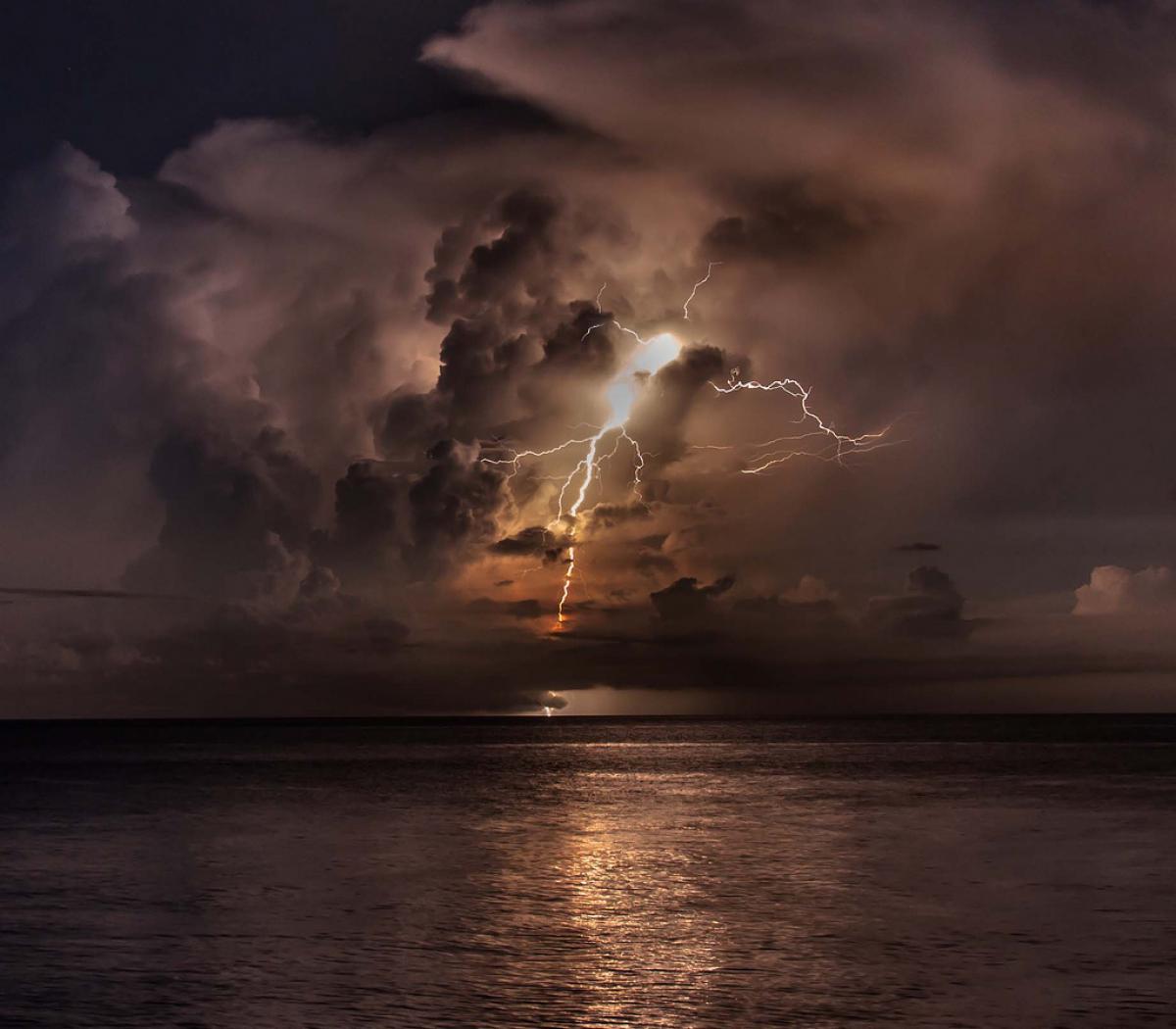
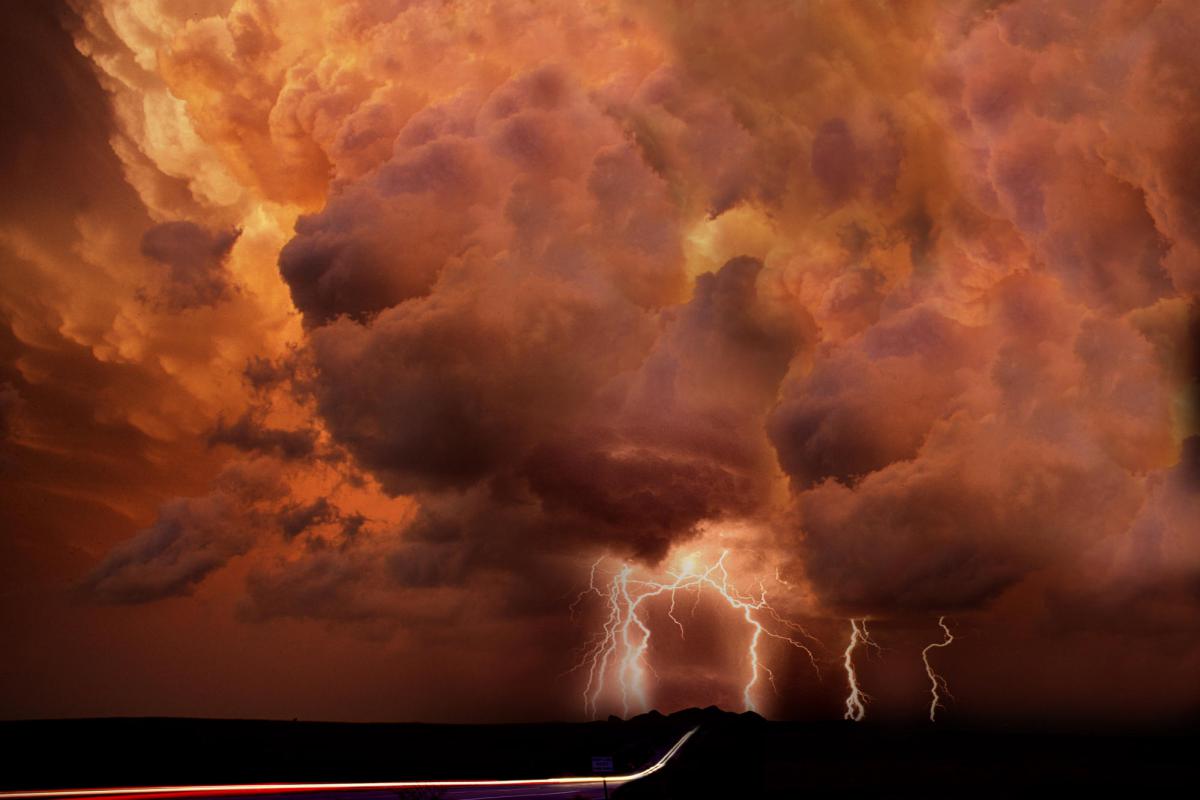
The Great Blue Hole
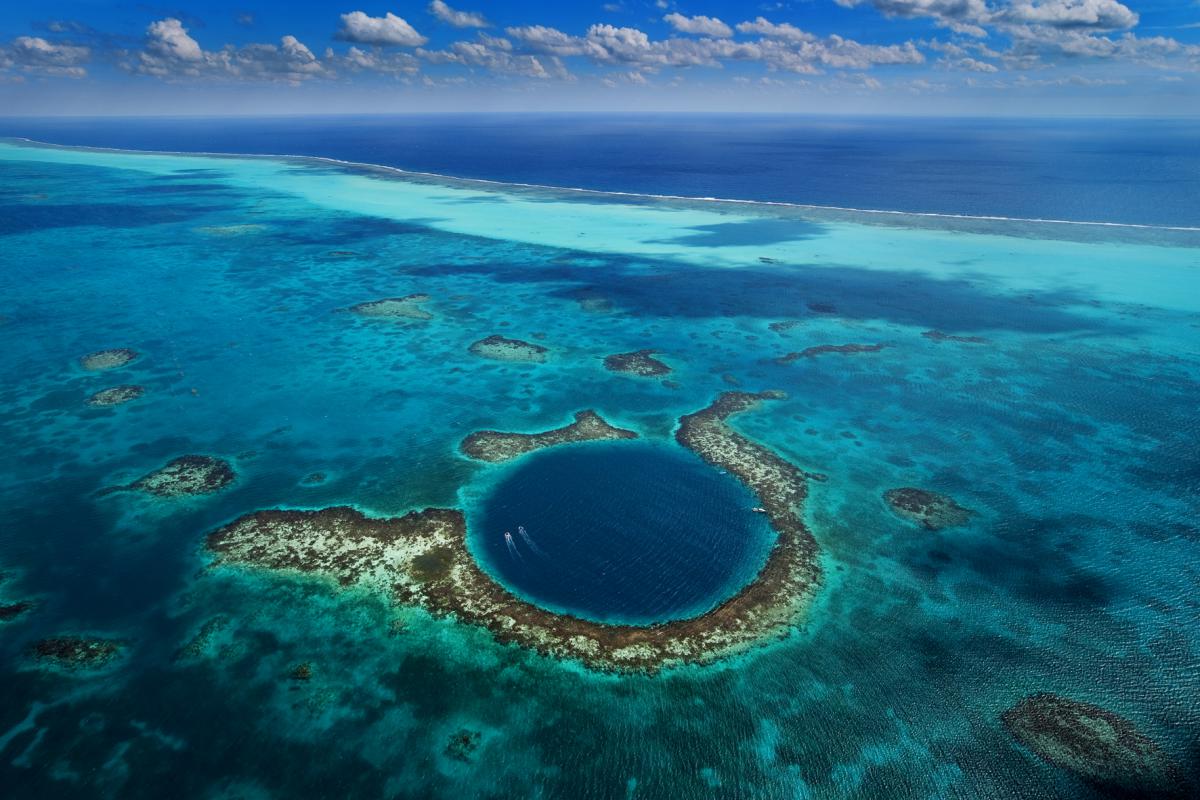
Imagine a hole in the sea. Something like this happened off the coast of Belize. Part of the Belize Barrier Reef, the hole was a cave system once. As the level of the surrounding waters rose, the roof of the limestone caves collapsed and formed an almost perfect hole, surrounded by the reef from all sides. It is an amazing sight to see, especially from a helicopter. The Great Blue Hole is a divers’ paradise and is about 124 meters deep, has a great variety of marine species to look at and numerous beaches to rest on. A great place for a vacation with a lot of swimming and diving.
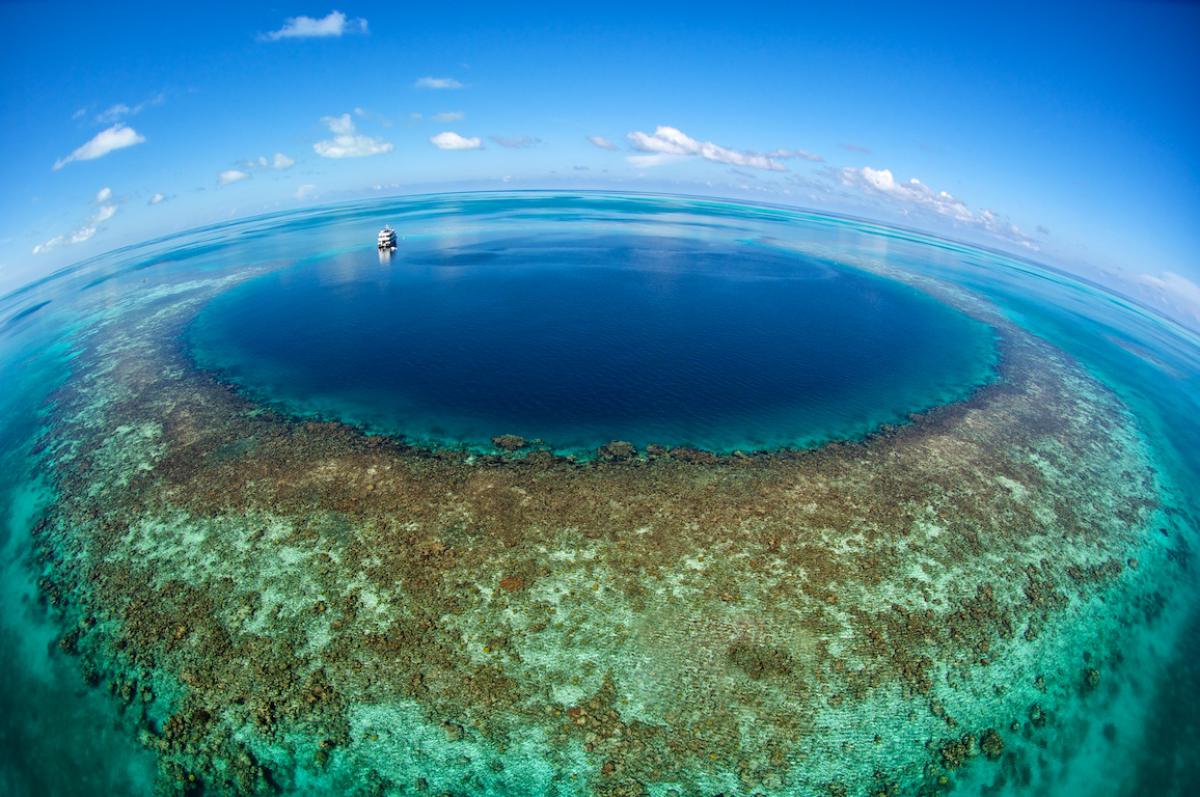
Moeraki Boulders
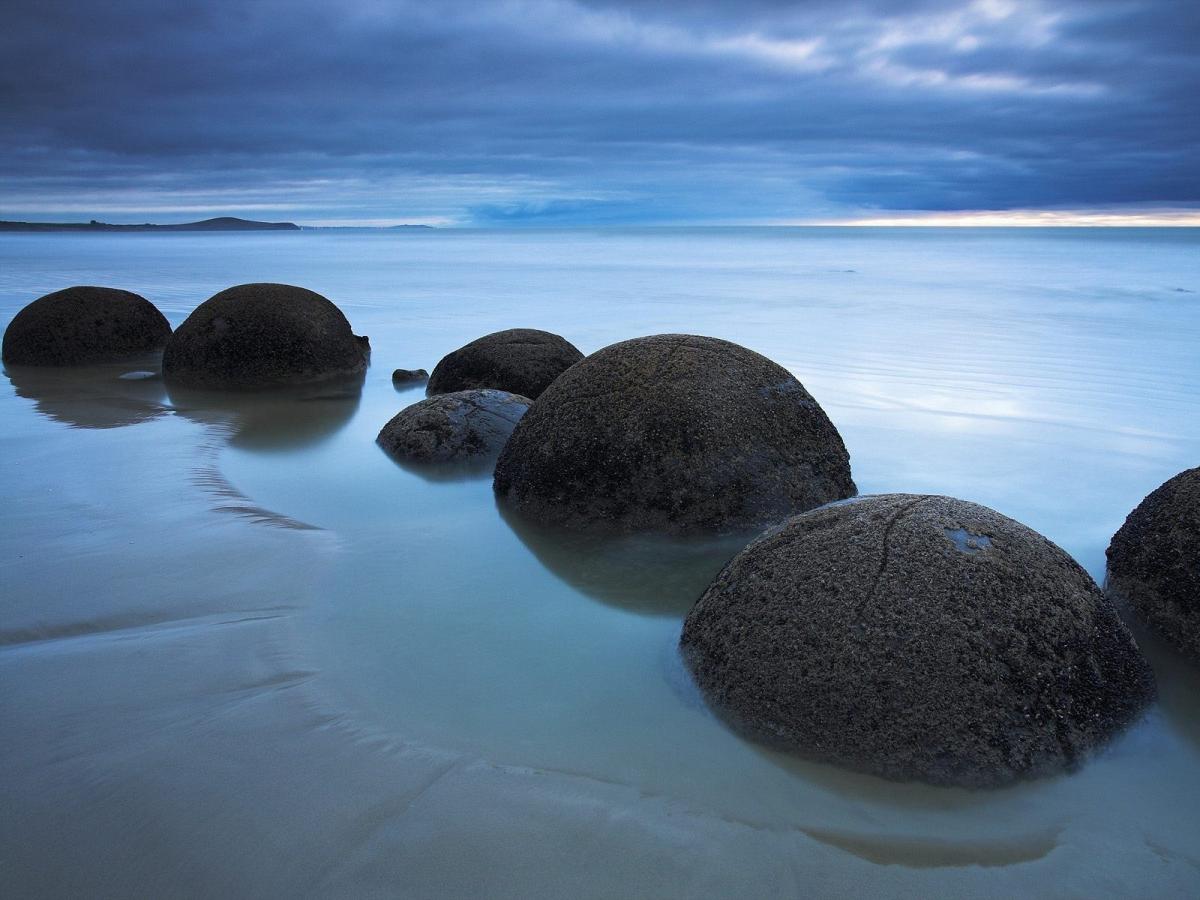
The New Zealand shore is the home of some very interesting natural creations. These Moeraki Boulders are huge spherical boulders 2 meters high, weighting several tonnes. What caused them to be so strangely unnatural? Apparently they arrived from under the seabed, being formed in a process similar to how the pearls come to be. Eventually erosion and waves dug them up and threw them onto the shore. Today they are a tourist attraction, viewing platforms are even being built for easier access.
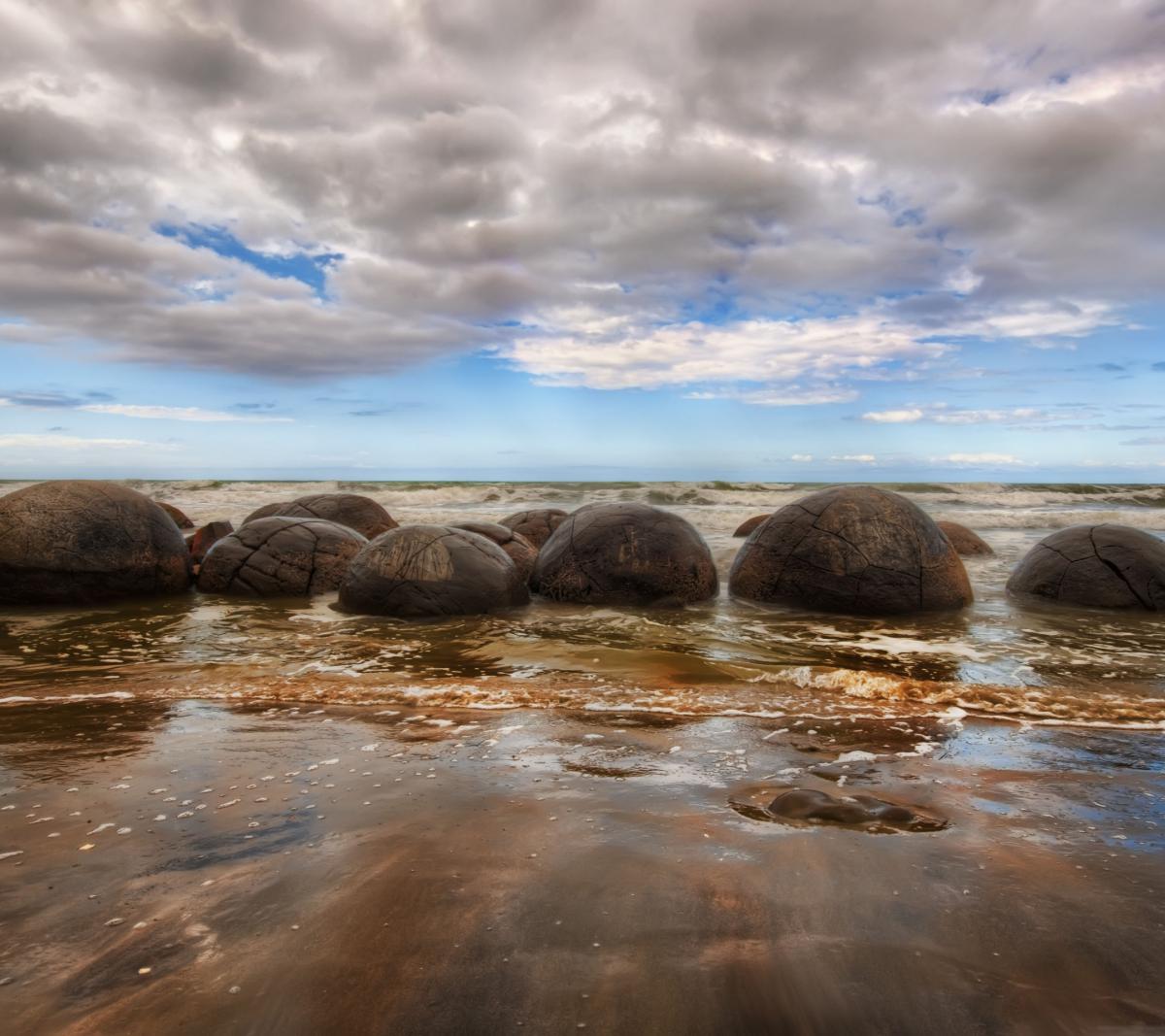
Ice Caves
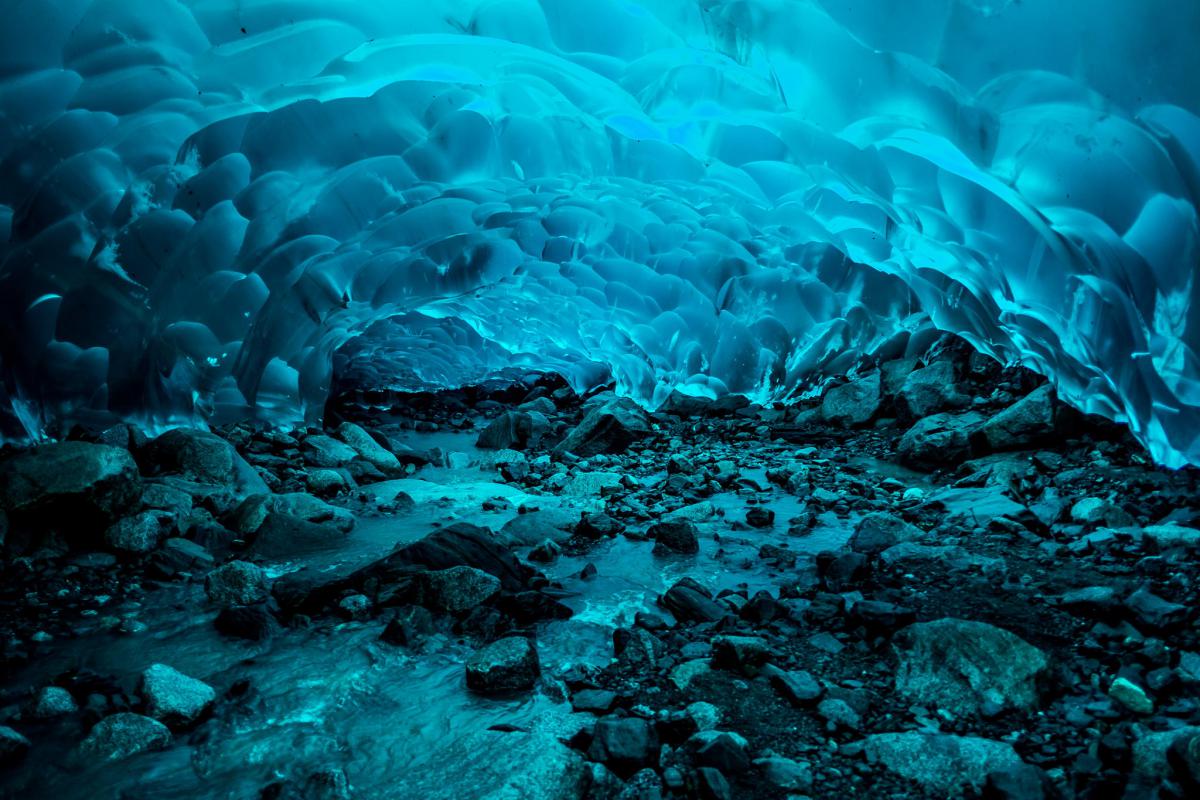
Caves don’t always need a rock. Sometimes the ice itself is so hard it can create a natural icy cave. You’ll need the tough ice from glaciers and a running water to dig a hole through it, then you can enter the cave at your own leisure(and risk). What is unique about the ice caves is their color, which is almost predominantly blue. They can be very beautiful and constantly shifting, but they can also be very dangerous, especially when a sudden temperature change occurs.
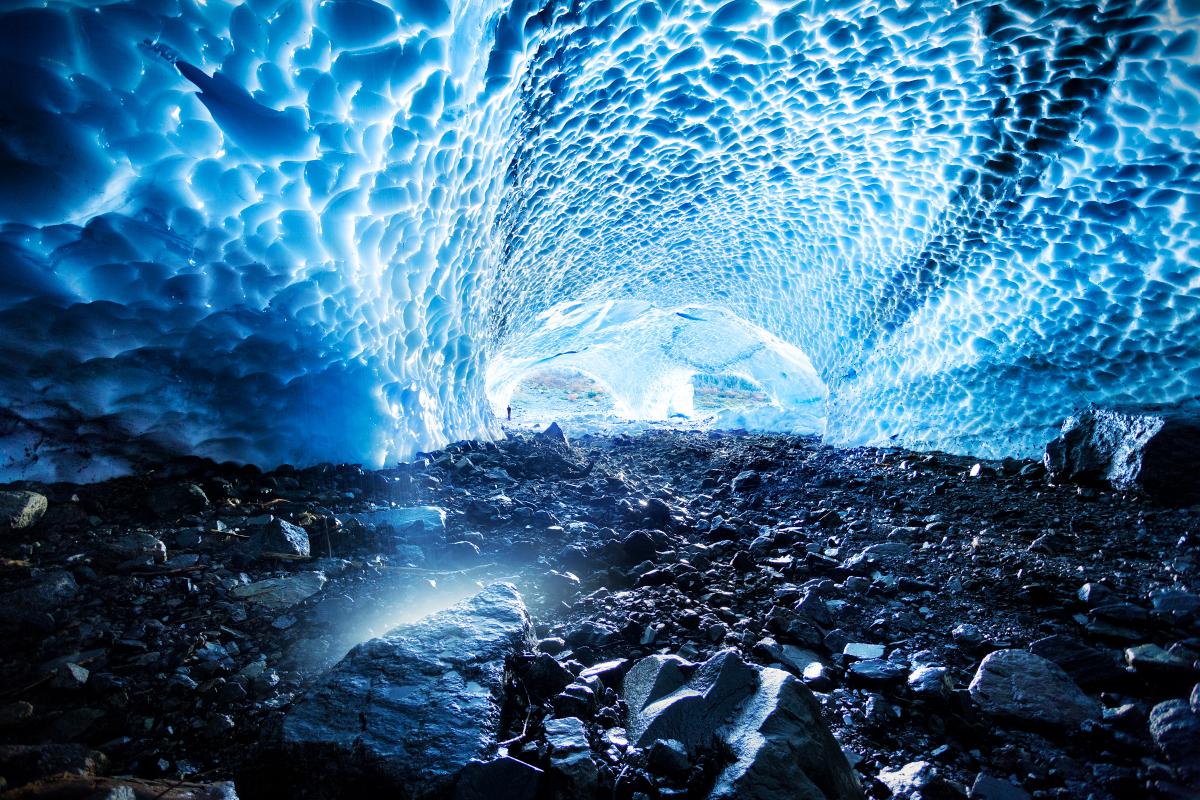
The Blue Volcano
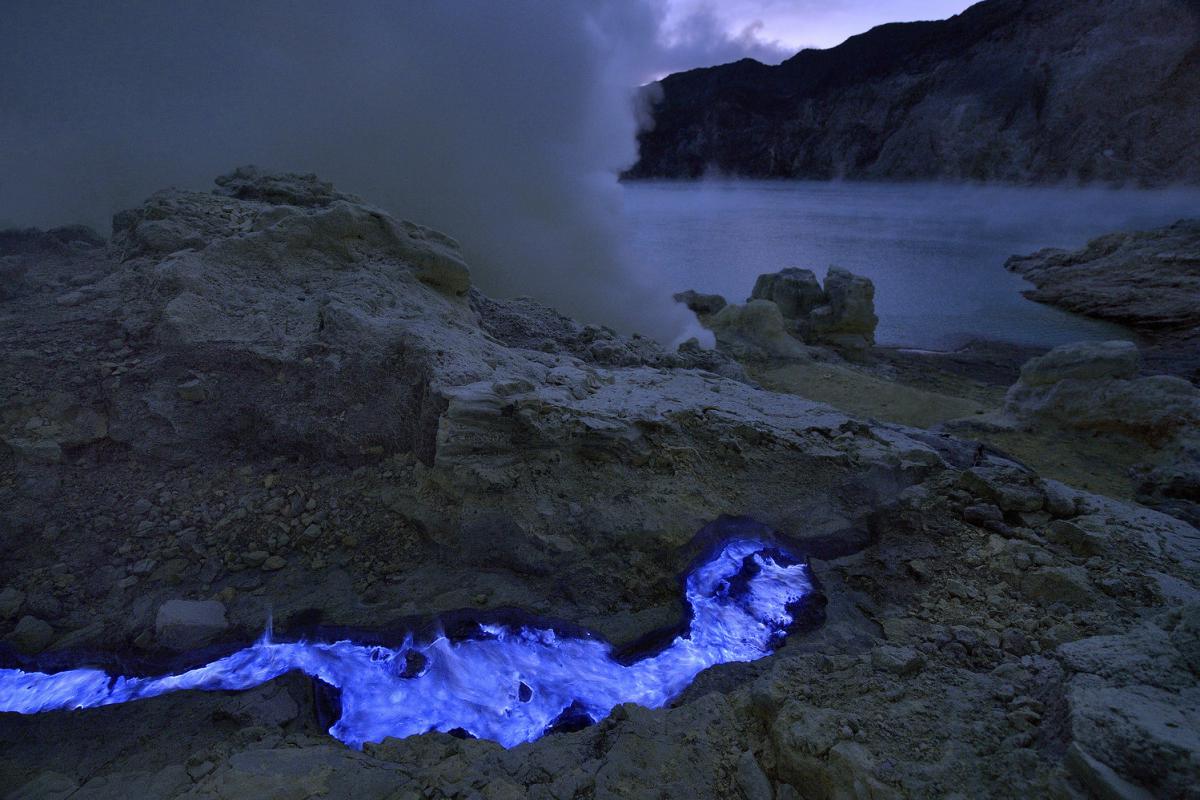
Yes, it exists. In 2014 the Dallol volcano, located in Ethiopia, erupted in colorful electric blue flames and made the world watch in awe. The unusual color came from the sulfuric gases, which the volcano threw out. When they touched air at temperatures of 600 degrees Celsius they combusted into the blue flames you’ve seen in pictures. When the sulfuric gases turn into liquid they continue down the slope of the volcano like a blue lava. Dallol wasn’t the first of its kind, Kawah Ijen in Indonesia is also known for its quirky blue looks.
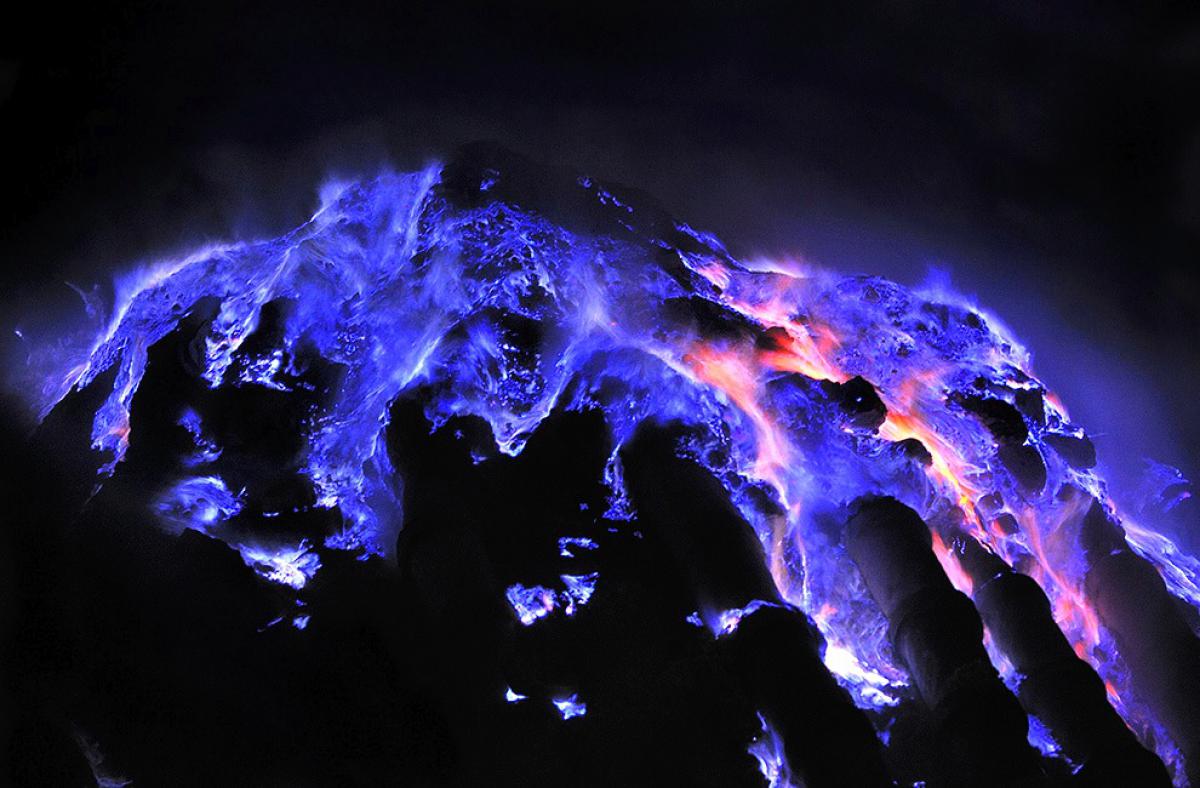
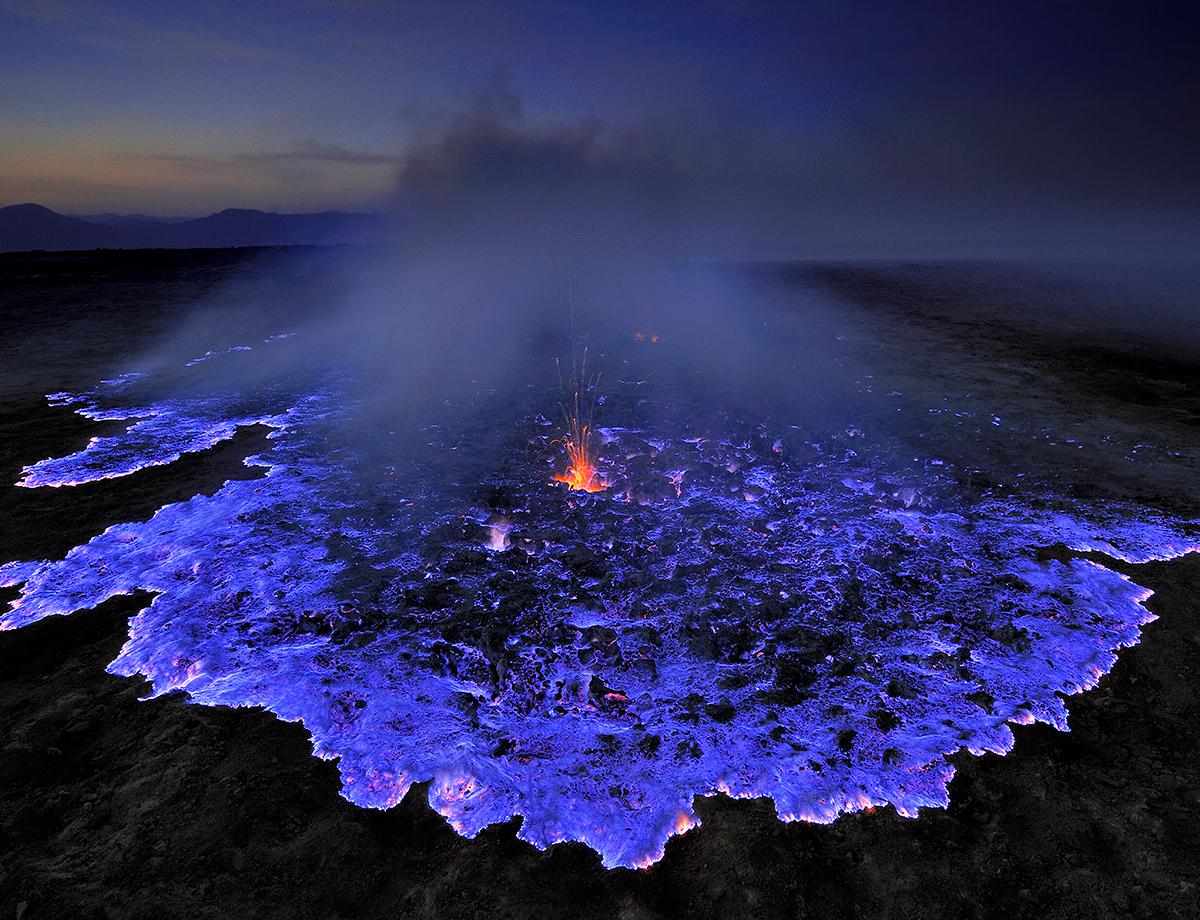
Maelstroms
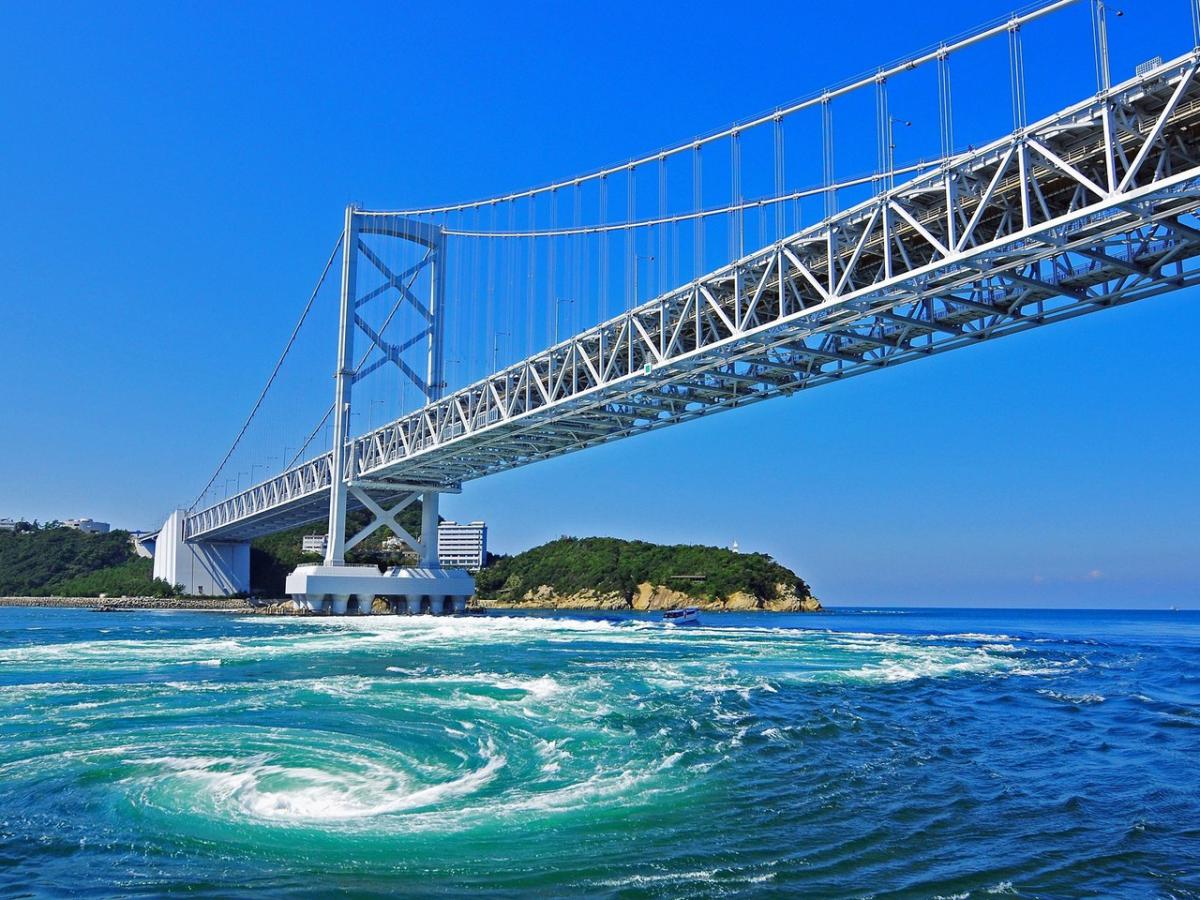
Maelstroms can be described as backwards twisters into the water, sucking in ships and people downwards instead of upwards. Just like how thunderstorms are formed, when different air currents meet, maelstroms are given birth when strong underwater currents collide. Some of them are very short lived and are being connected to a recent disaster like a tsunami, but there are others, which exist for hundreds of years. Despite what some old sea dogs say, maelstroms are not that dangerous, only very rarely larger ships are in danger of being sucked in by them. Their name comes from an old Scandinavian word, and indeed, there are many maelstroms off the cost of Norway, alongside other natural wonders.
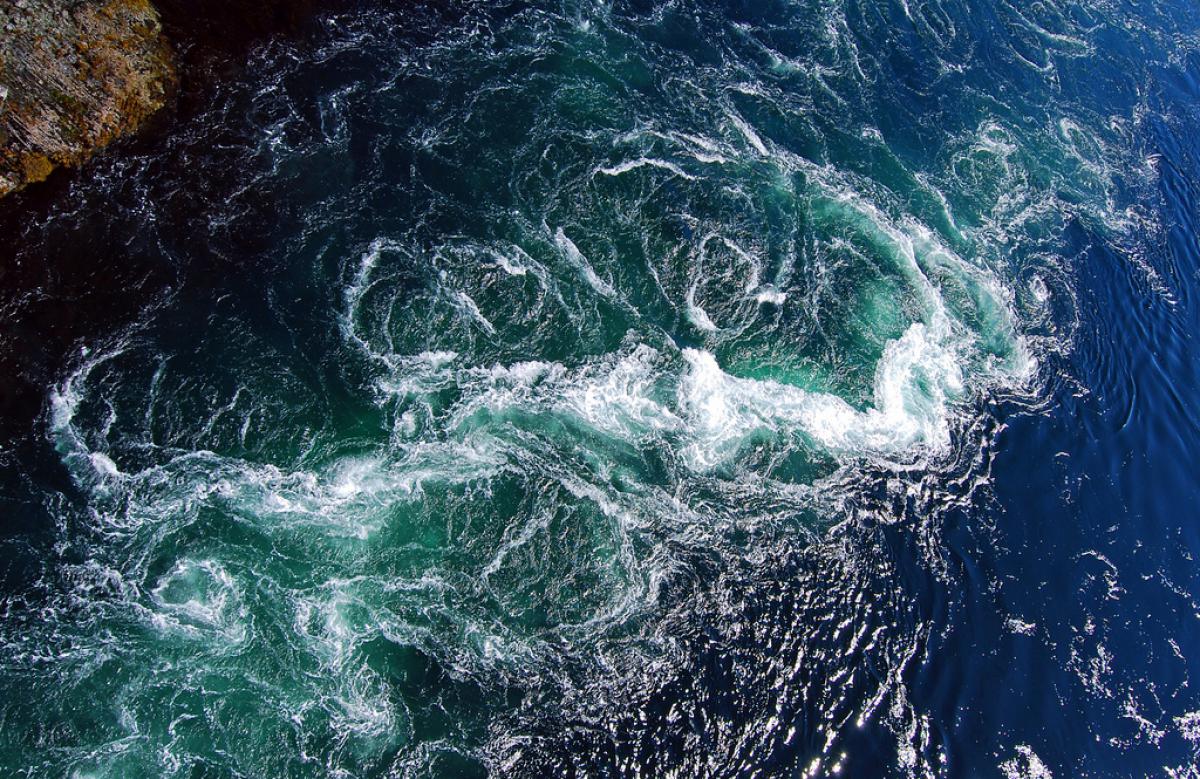
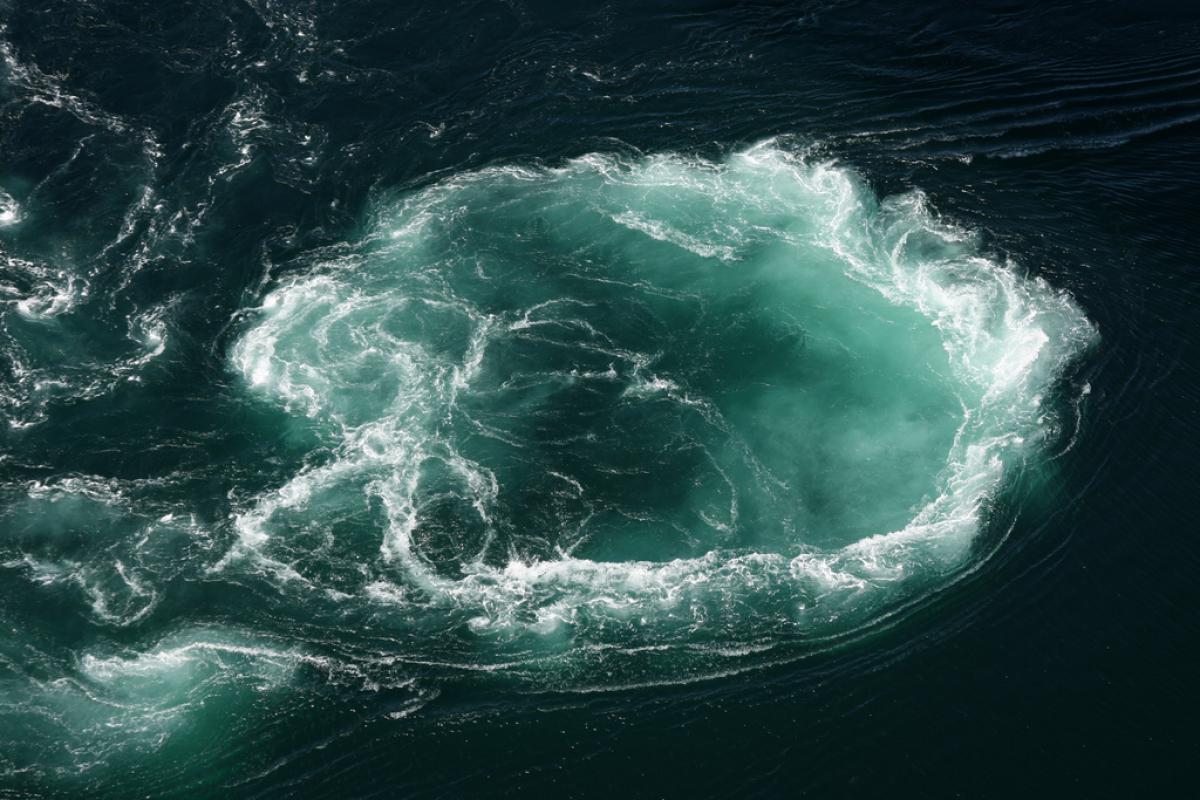
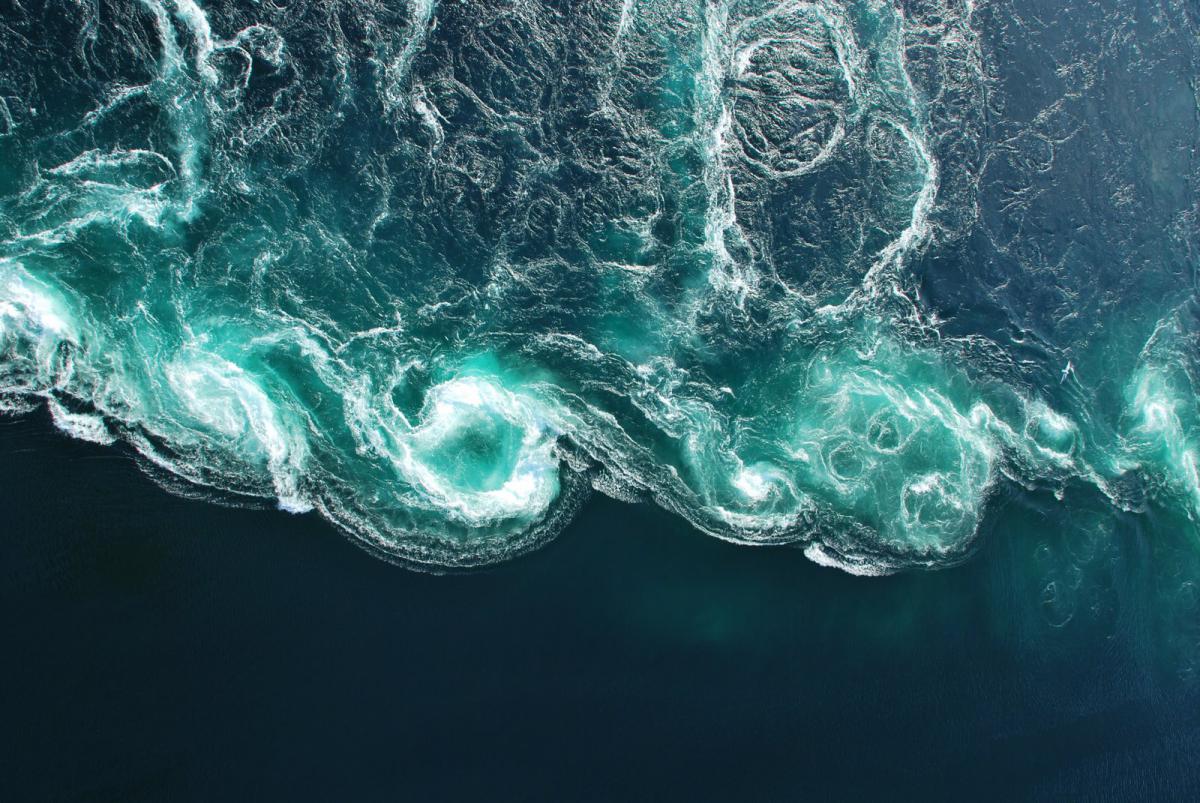
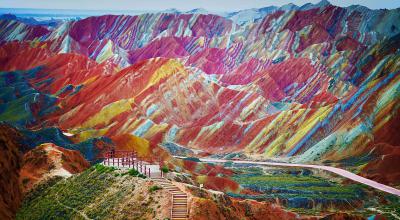
Leave a Reply